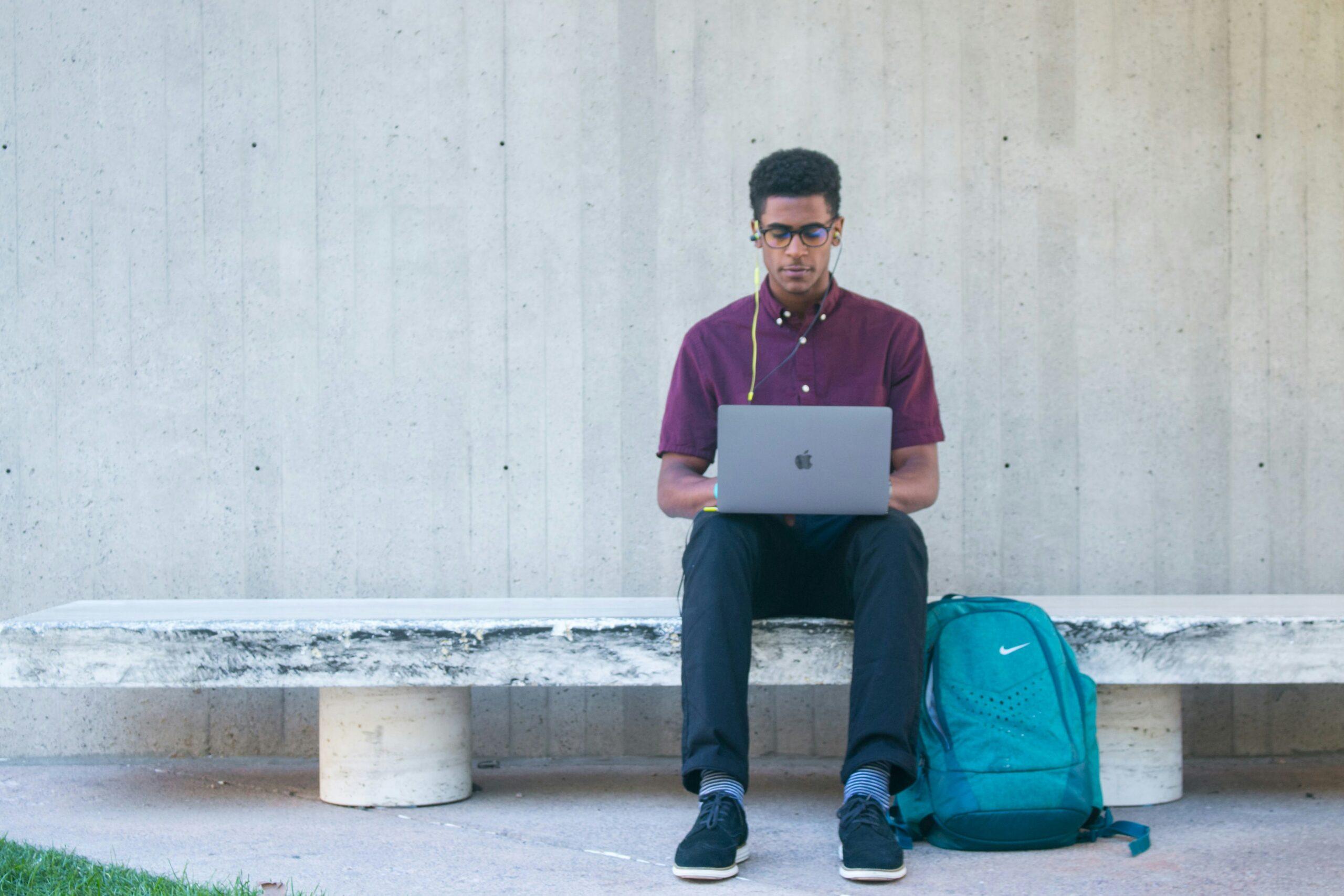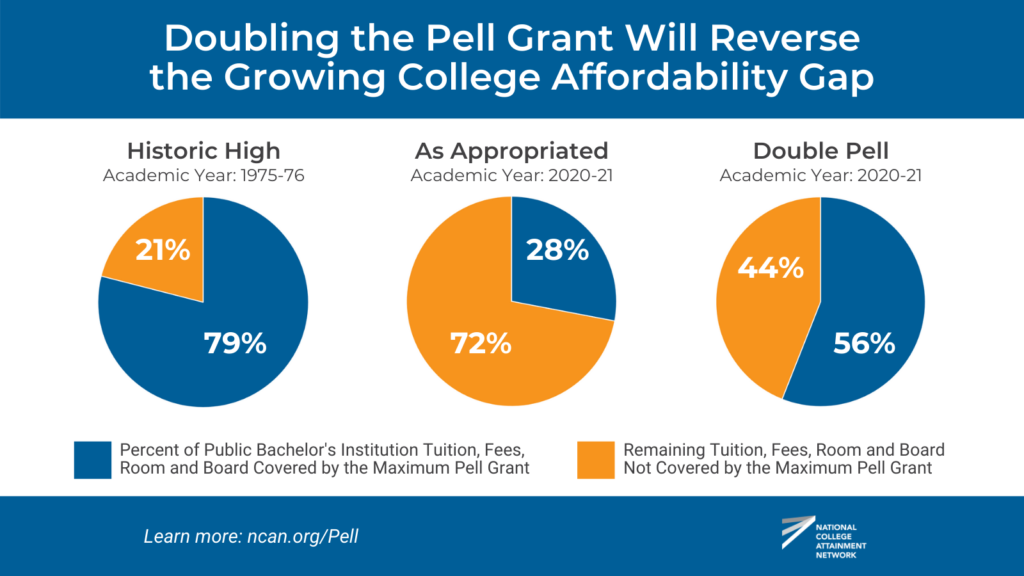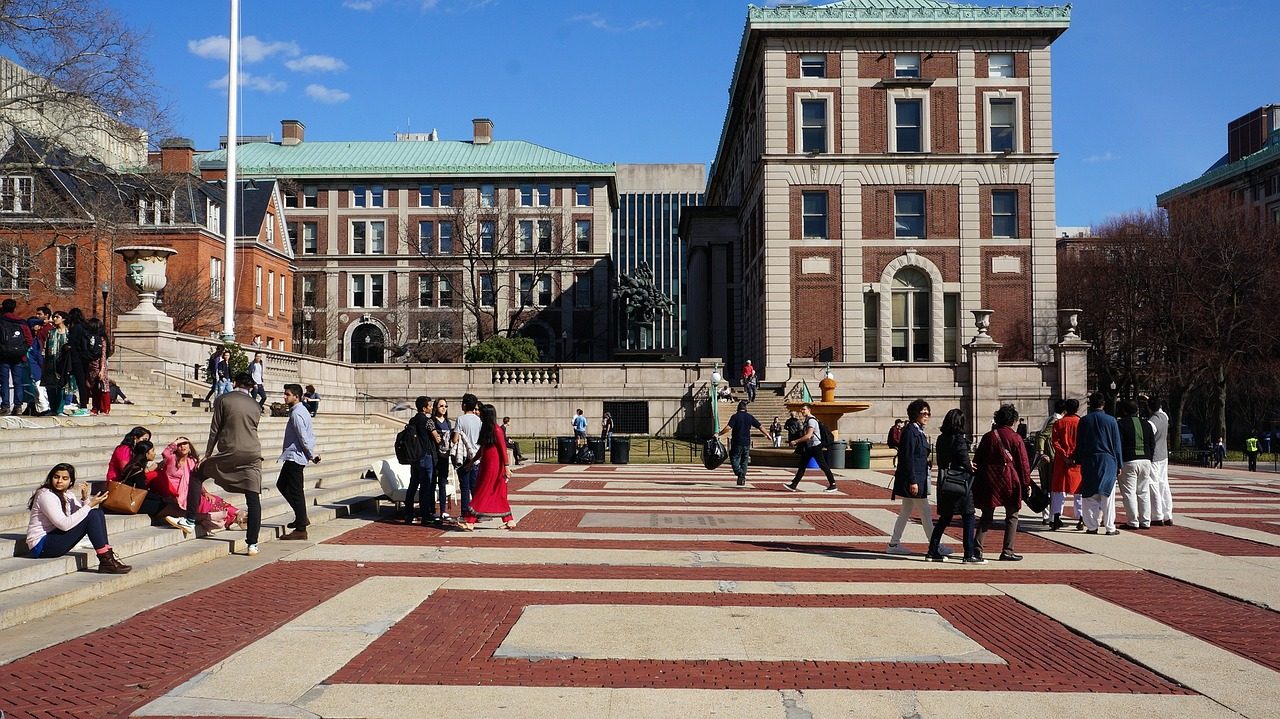
How Inequity Builds Barriers to College Choice
Filed In
- Advocating for Students
Topics
- Finding Scholarships
Every year, high school seniors’ journey toward college hits a major milestone at the beginning of May. College Signing Day is a celebration of bright futures, and a chance for students to proudly announce where they’ve accepted admission for the fall.
It’s a joyous celebration – but, for millions of students, it can also be a stark reminder of the way systemic inequities impact their choice of college. Even as the number of high school graduates attending college continues to grow, the range of possibilities for first-generation and traditionally underserved students is narrowing.
The National College Attainment Network (NCAN) recently published The Growing Gap – a regularly updated study on college affordability. They found that a small and shrinking selection of schools meets their standard of affordability for students with need:
“Less than a quarter (23%) of public four-year institutions were affordable for a student receiving an average-sized Pell Grant in 2018-19. During that same period, less than half (41%) of two-year public colleges were affordable for such a student. Nationally, the average affordability gap, or amount of unmet financial need, for the average Pell recipient in 2018-19 was $2,524 at four-year public institutions and $855 at two-year institutions.”
In short, the federal, state and institutional aid meant to help students from low-income families pursue college is falling short in a majority of cases. These students may still be able to make it to college, but they’re facing limited options and an uphill battle.
Low-Income Families Are Being Left Behind
The numbers reported by NCAN are eye-opening – and trends in college recruitment and financial aid are threatening to make the gap even wider.
For colleges, lists like the U.S. News & World Report ranking of top schools have become indispensable recruiting tools. And in the words of Ron Lieber, author of The Price You Pay for College, many of those colleges “have begun using aid as a weapon to try to increase their institutional prestige.” That aid is most frequently offered to students with gaudy test scores, sparkling grades in challenging classes and lots of activities and volunteer experience – in short, the students most likely to come from affluent, highly educated families in supportive communities.
“’Aid’ is a bit of a misnomer, albeit one that we seem to be stuck with. It’s not a scholarship as much as it is a coupon in many cases, one whose value may depend on applicants’ traits ranging from their ZIP code (which can signal affluence) to how quickly they open an email invitation. … The result is an elaborate parallel financial aid system that can totally upend the psychology of picking a college.”
With colleges across the country facing their own financial instability in the wake of COVID (and after more than a decade of state budget cuts), the competition for “prestigious” students is only going to get fiercer, and those with fewer advantages may find their college choices continuing to shrink.
COVID Made Existing Inequities Worse
The impact of the pandemic hasn’t become fully apparent, but it’s already clear that the schools impacted the most are those serving students from low-income communities.
As the Chronicle of Higher Education put it: “The pandemic is widening [the] gap as regional public colleges and less-selective institutions struggle to attract applicants, leading to a vicious circle of falling revenue, tightening financial-aid budgets, and cuts in programs and the faculty.” It’s even worse at community colleges, where more than 90% lost enrollment during 2020-21, and half saw decreases of 10% or more.
And colleges aren’t the only ones dealing with post-COVID financial struggles, either. While the affordability gap for students and families predates the pandemic, the disjointed and unpredictable last year has only expanded it. Increased unemployment, closed campuses, health worries and inequitable access to technology all played a part, and the result was a decrease in admissions and financial aid applications that disproportionately hit low-income families.
As Gothamist reported, it wasn’t just about money, either:
“With no traditional college fairs or in-person campus visits taking place, it also has been more difficult for students to choose which colleges to apply to. ‘It was way harder to research schools [virtually],’ said Aury Fernandez, a senior at Bronx Engineering and Technology Academy.
“Then there was navigating financial aid without a counselor bending over his shoulder. ‘Everytime I hit the submit button I worried I made a mistake,’ he said.”
Getting into college is important – but being able to choose the right college can make all the difference. As low-income and first-gen students face narrowing choices, it’s up to us to expand their possibilities.
What Can We Do?
As we work to help more students afford the college of their choice, these are just a few ongoing initiatives that can help.
- Test-Optional Admissions: One unexpected result of the pandemic year? Hundreds of selective schools actually saw their application numbers go up after they made SAT or ACT scores optional. In 2020, with in-person testing impossible in many places, this was a matter of COVID-related necessity – but by making test scores an optional component of evaluation, colleges may also remove a barrier to entry for low-income students.
- Doubling the Maximum Pell Grant: Scholarship America, along with more than 1,200 nonprofits, colleges, universities and foundations, is calling on Congress to double the size of the maximum Pell Grant, which currently covers just 1/3 of the average cost of college attendance. We’re encouraged by President Biden’s proposal to raise the ceiling by $400 – but doubling the current maximum would make around 80% of public four-year colleges affordable.

- College Promise for All: We are also proud to be part of the College Promise for All commitment, encouraging the expansion of tuition-free community college and the establishment of a threshold for tuition-free four-year public education. Learn more here.
- More Equitable Private Scholarships: Through the Dream Award and many or our partner programs, Scholarship America is working to build equity, social support and flexible funding into our scholarships. By focusing on those who have overcome obstacles but who face financial need, we’re helping to ensure students can pursue their college dream without compromise or crippling debt.
For college-bound students, accepting admission to their dream school is the culmination of years of hard work, and the start of an incredibly rewarding journey. We believe that every student should be able to feel that excitement – and we want to work with you to continue breaking down barriers and building more equitable systems.
 hbspt.cta.load(241375, 'e7ee8901-26c4-41e5-b723-9951d1a471c4', {"region":"na1"});
hbspt.cta.load(241375, 'e7ee8901-26c4-41e5-b723-9951d1a471c4', {"region":"na1"});
Related Articles
Browse All

Featured Scholarships: September 2024

Scholarships for College Students Exist. Here's How You Can Find Them

Our team is here to help you achieve your goals and build your custom scholarship program.